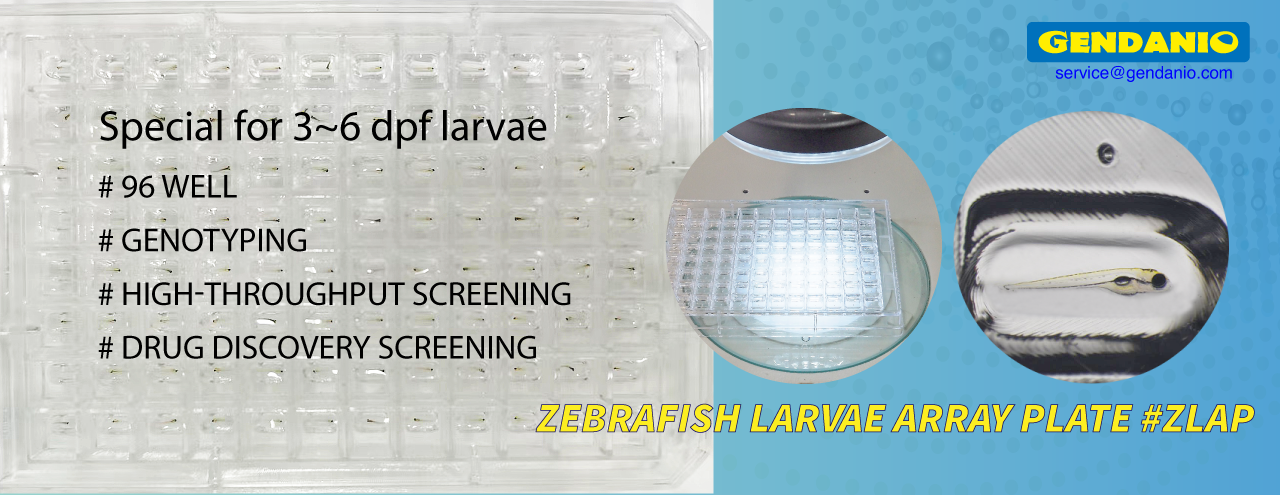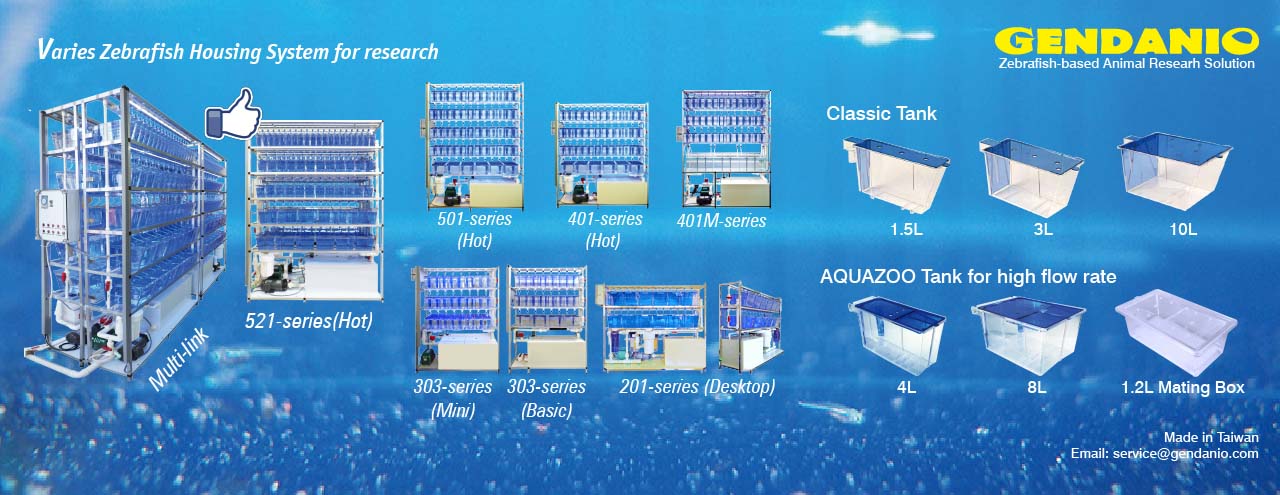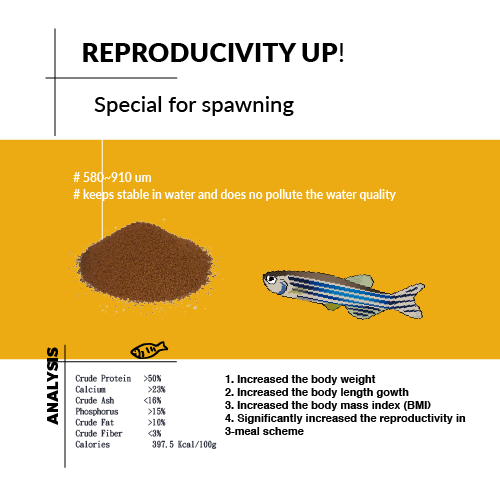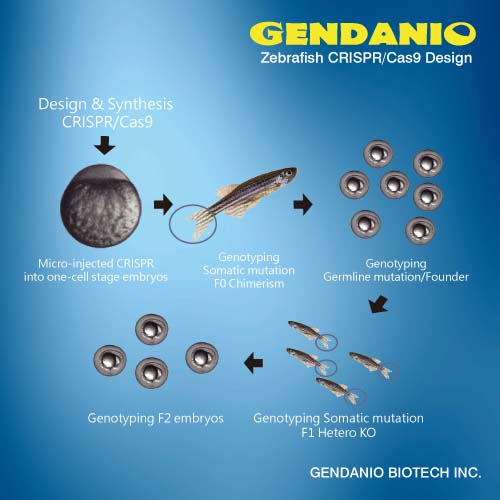以前的研究表明,在人类中,至少有四个肌管素(myotubularin)家族基因的突变会造成神经性肌肉紊乱,但是它们的信号通路和调节机制一直不清楚。最近,中科院水生生物研究所淡水生态与生物技术国家重点实验室由桂建芳研究员主持的鱼类发育遗传学学科组的一项研究发现,一个肌管素相关的(myotubularin-related)磷酸酶Mtmr8与磷脂酰肌醇-3激酶(phosphatidylinositol-3-kinase)PI3K合作调节斑马鱼的肌动蛋白纤维造型和肌肉发育。
他们首先从斑马鱼中克隆鉴定出Mtmr8,发现Mtmr8在体节发生早期主要在眼部和体节部位表达;然后,他们用morpholino敲降策略来研究该基因的功能及其作用机制。他们发现,在Mtmr8敲降的胚胎中,肌节发生出现明显畸形,且Akt的磷酸化水平明显上升;进一步研究发现,虽然Mtmr8的PH/G结构域缺失对胚胎发育没有造成明显影响,但加入PI3K抑制剂LY294002后会造成明显的胚胎发育缺陷,表明PH/G结构域对于Mtmr8的功能是必需的。接着,他们进一步研究了Mtmr8和PI3K在肌动蛋白纤维造型和肌肉发育中的作用,发现Mtmr8 morpholino敲降会导致胚胎肌动蛋白细胞骨架的解体混乱,而且证实这些作用是通过影响Hedgehog通路引起的;细胞移植实验研究表明,Mtmr8以非细胞自主方式调节肌动蛋白造型。上述研究揭示出Mtmr8与PI3K协同作用调节斑马鱼肌动蛋白造型和肌肉发育,而且证实Hedgehog信号通路参与其中。由于截至目前为止,还没有有效的治疗先天性肌管性肌病,他们的结果首次提供了一个在体内研究MTM家族相关疾病分子机制的技术途径,这些结果对进一步研究有重要的指导意义。
该研究得到国家基础研究973计划等项目的资助,主要是由博士研究生梅洁等完成,研究论文3月26日在PLoS ONE 的Developmental Biology在线发表。(生物谷Bioon.com)
生物谷推荐原始出处:
PLoS ONE 4(3): e4979. doi:10.1371/journal.pone.0004979
Cooperation of Mtmr8 with PI3K Regulates Actin Filament Modeling and Muscle Development in Zebrafish
Jie Mei, Zhi Li, Jian-Fang Gui*
State Key Laboratory of Freshwater Ecology and Biotechnology, Institute of Hydrobiology, Chinese Academy of Sciences, Graduate School of Chinese Academy of Sciences, Wuhan, China
Background
It has been shown that mutations in at least four myotubularin family genes (MTM1, MTMR1, 2 and 13) are causative for human neuromuscular disorders. However, the pathway and regulative mechanism remain unknown.
Methodology/Principal Findings
Here, we reported a new role for Mtmr8 in neuromuscular development of zebrafish. Firstly, we cloned and characterized zebrafish Mtmr8, and revealed the expression pattern predominantly in the eye field and somites during early somitogenesis. Using morpholino knockdown, then, we observed that loss-of-function of Mtmr8 led to defects in somitogenesis. Subsequently, the possible underlying mechanism and signal pathway were examined. We first checked the Akt phosphorylation, and observed an increase of Akt phosphorylation in the morphant embryos. Furthermore, we studied the PH/G domain function within Mtmr8. Although the PH/G domain deletion by itself did not result in embryonic defect, addition of PI3K inhibitor LY294002 did give a defective phenotype in the PH/G deletion morphants, indicating that the PH/G domain was essential for Mtmr8's function. Moreover, we investigated the cooperation of Mtmr8 with PI3K in actin filament modeling and muscle development, and found that both Mtmr8-MO1 and Mtmr8-MO2+LY294002 led to the disorganization of the actin cytoskeleton. In addition, we revealed a possible participation of Mtmr8 in the Hedgehog pathway, and cell transplantation experiments showed that Mtmr8 worked in a non-cell autonomous manner in actin modeling.
Conclusion/Significance
The above data indicate that a conserved functional cooperation of Mtmr8 with PI3K regulates actin filament modeling and muscle development in zebrafish, and reveal a possible participation of Mtmr8 in the Hedgehog pathway. Therefore, this work provides a new clue to study the physiological function of MTM family members.
Source: www.bioon.com
























